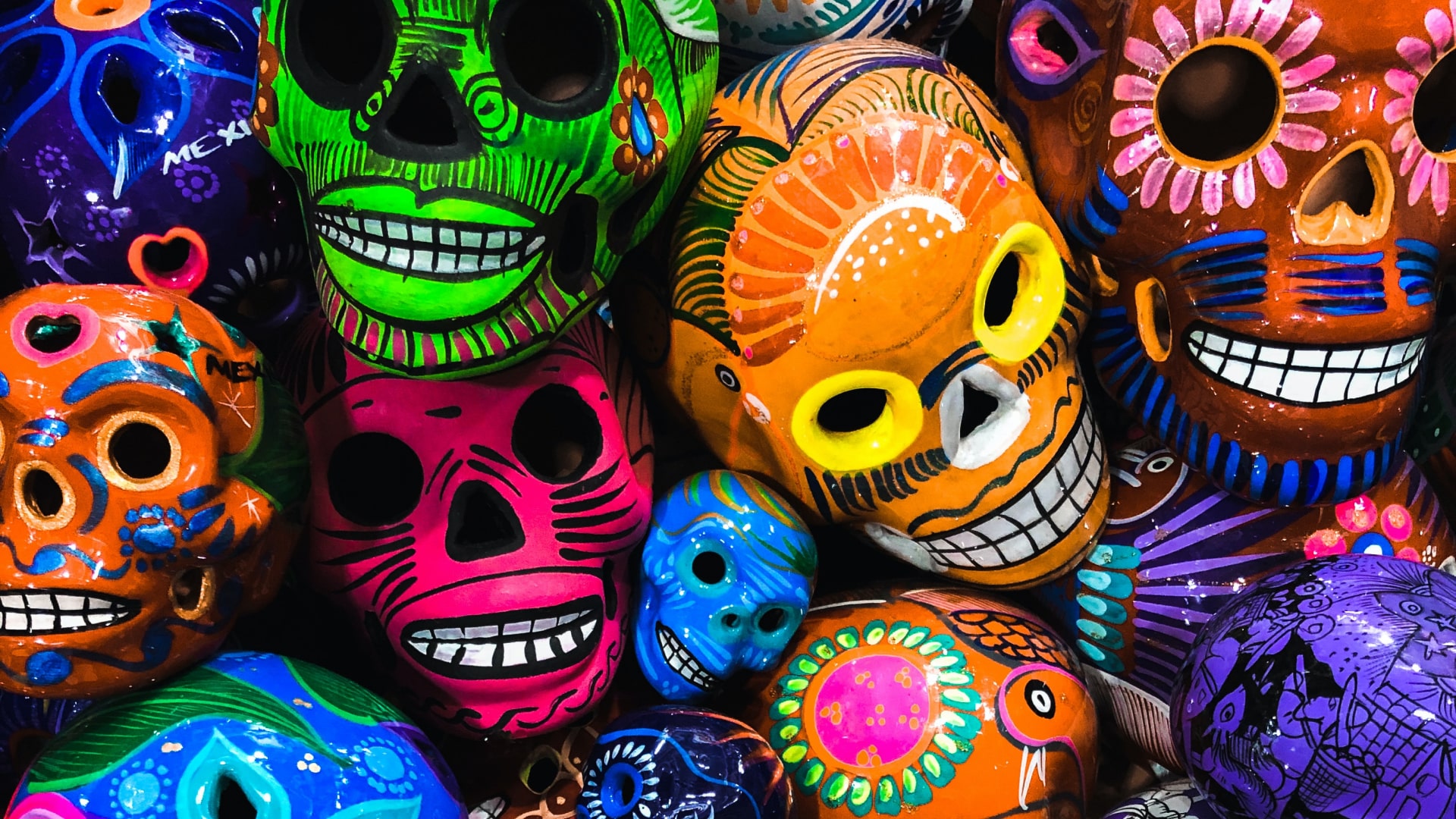The Day of the Dead, or Día de Los Muertos, is one of Mexico’s most important national holidays. A two-day holiday that typically begins on November 1 or November 2, it is a celebration that honors the dead and remembers the ancestors, friends, and family members that have died recently or long ago.
Far from being a somber affair, the Mexican holiday is a joyous and often humor-filled event where Mexicans happily convene with spirits and welcome the afterlife. Mexicans celebrate by building altars that honor the deceased, visiting the loved ones’ graves, and enjoying what was once their favorite foods and drinks.
The celebrations are marked by colorful marigold flowers, elegant skull costumes, colorful paper banners called papel picados, candied sugar skulls, a sweetbread known as pan de muerto, and the ornate altars, or ofrendas, that dot both public spaces and private homes to honor the dead.
The food and drink offerings that are prepared for the dead are also, of course, enjoyed by the living. An iconic image associated with the holiday is the artwork by José Guadalupe Posada called La Calavera Catrina, which depicts a skeleton that has become a folk icon of the afterlife all around the world.
The event has also become an increasingly appealing event for tourists and travelers to witness this vibrant display of traditional Mexican culture. There are various ways that travelers can take part in the celebrations, as well as regions of Mexico which are best to witness the festivities. Foreign visitors will find that the way Mexico celebrates death is indeed a lively, colorful, and unique celebration of life. Indeed, UNESCO named Día de Los Muertos as a “defining aspect of Mexican culture” for good reason.
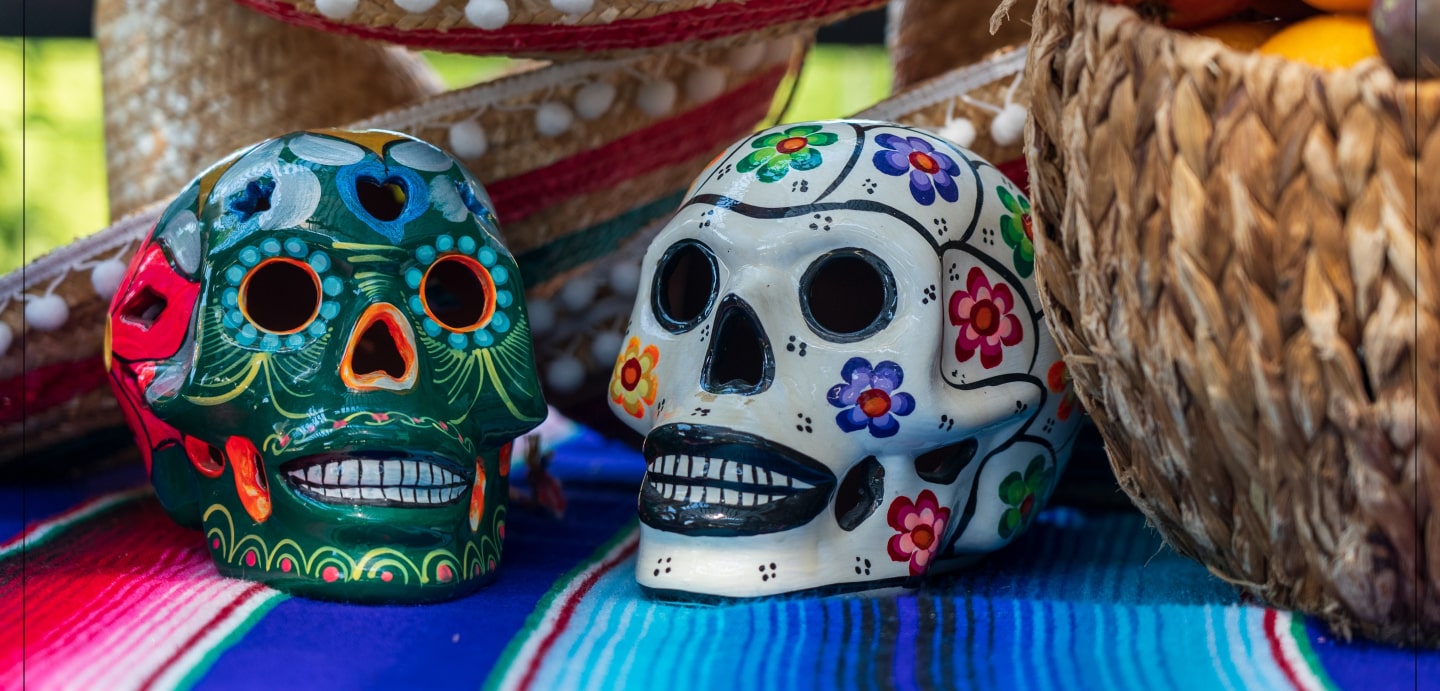
What are the origins of Day of the Dead
The exact origins of Mexico’s Day of the Dead are debated, and thus not entirely clear. Similar traditions including All Saints Day and All Souls Day are celebrated at a similar time of year, and have their origins in Europe, while Halloween is celebrated the day before on October 31 and has Pagan roots. Meanwhile, some believe that the Day of the Dead dates back to indigenous traditions and thus developed before Spanish colonists ever arrived on the continent.
Mexico’s indigenous Aztec people had a celebration known as Quecholli — celebrated around the same time of year, and featuring a similar ritual around altars and a focus on the afterlife — which points to the celebration’s indigenous roots. Most likely though, it’s a blend of these indigenous traditions meeting the Catholic traditions brought by the Spanish colonists in the 16th century.
Regardless of where it came from, the Day of the Dead is now celebrated as a national public holiday that is deeply rooted in Mexican identity. It is a truly unique celebration of life’s impermanence and a beautiful example of the relationship between the deceased and the living.
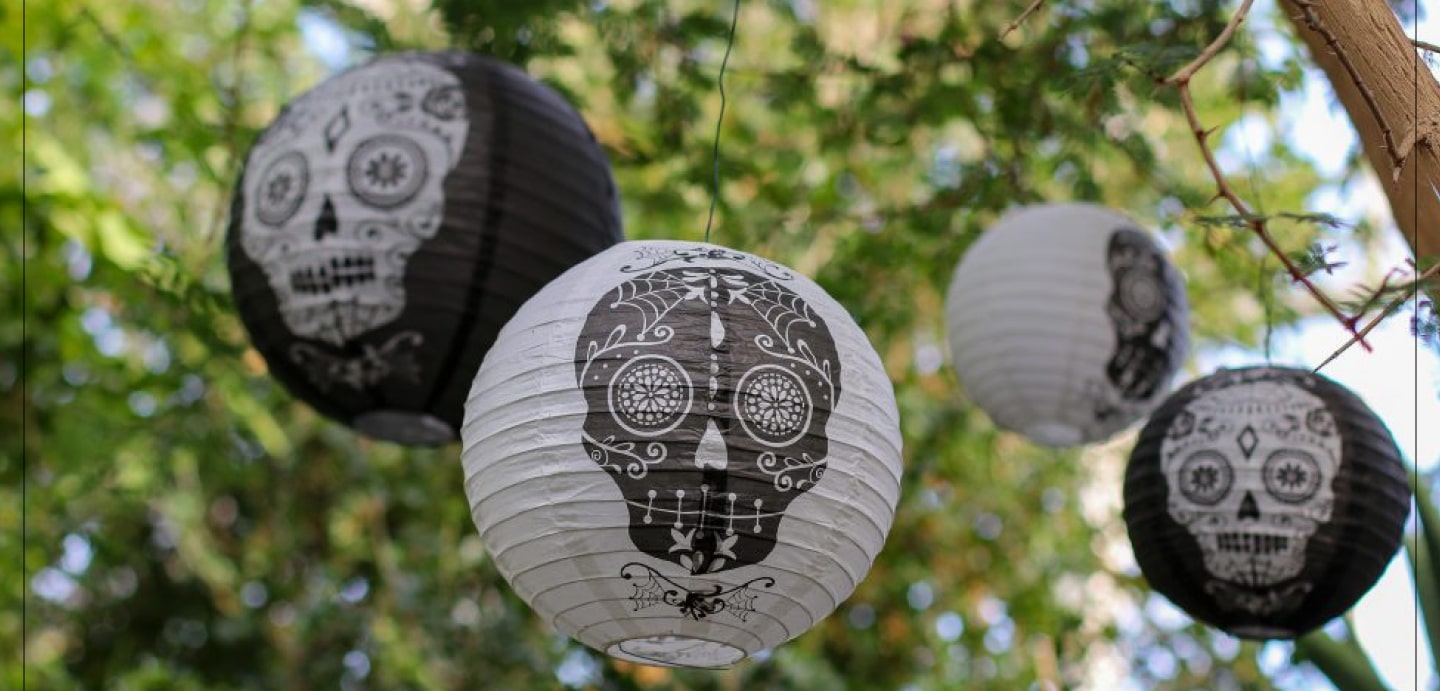
Where can visitors celebrate the Day of the Dead
If you’re planning a trip based around the Day of the Dead in Mexico, there are many options for places to visit. The holiday is honored throughout all of Mexico, as well as in some southern border towns in the United States including Los Angeles, and various locations dotted around Latin America. Celebrations of the holiday can vary by region within Mexico, with each location having its own unique traditions, offerings, and customs to enjoy.
In Mexico City, the Day of the Dead celebrations can stretch over an entire week, and often feature a large parade for locals and visitors alike to enjoy, a custom which began in 2016. The spectacle includes floats, painted skeletons, and colorful costumes — all culminating in a celebration in Mexico City’s main square.
Indeed, tens of thousands gather in the Plaza del Zócalo to watch performers and take in the colors, sights, and sounds. If you’re keen to be in the thick of the action and get an unforgettable experience, then heading to Mexico’s stunning capital city is your best bet.
Mexico’s indigenous Aztec people had a celebration known as Quecholli — celebrated around the same time of year, and featuring a similar ritual around altars and a focus on the afterlife — which points to the celebration’s indigenous roots. Most likely though, it’s a blend of these indigenous traditions meeting the Catholic traditions brought by the Spanish colonists in the 16th century.
Regardless of where it came from, the Day of the Dead is now celebrated as a national public holiday that is deeply rooted in Mexican identity. It is a truly unique celebration of life’s impermanence and a beautiful example of the relationship between the deceased and the living.
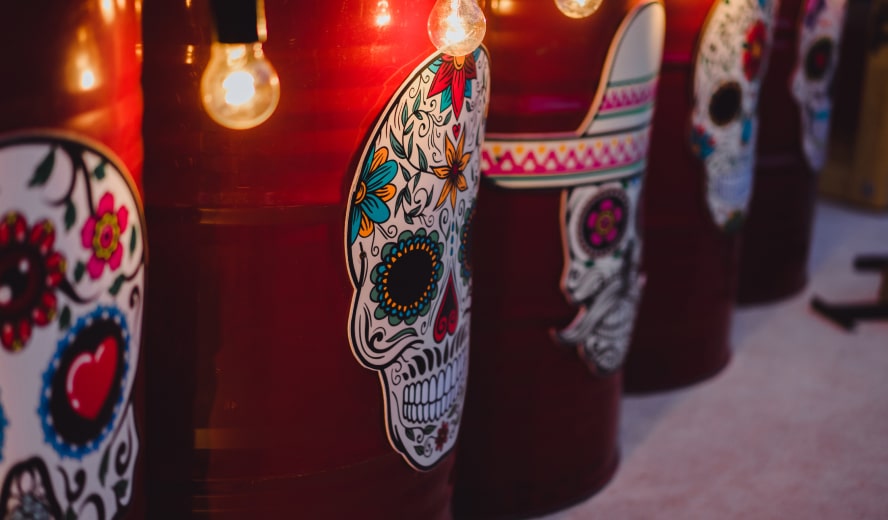
The state of Michoacán, west of Mexico City, is another great place to celebrate Día de Los Muertos. The food culture here is especially vibrant, with traditions and recipes that date back to the region’s indigenous people. Try pan de muerto, a famous sugar-coated sweet bread, or stuffed peppers covered with cheese, or skulls made out of sugar. And don’t miss large gatherings in the local cemeteries, as the Purepecha people perform rituals including music, dance, and folk customs that go late into the night, all lit by candles.
The southern state of Oaxaca is another great place to commemorate the occasion, as it’s known for its strong local culture and traditions. Like elsewhere in Mexico, celebrants will create altars and decorate the graves of loved ones in ways that honor their deceased family members. Oaxaca City’s largest graveyard, Pantheon de San Miguel, is a hotspot for celebrations and elaborately decorated altars, including candle-lit graves, marigold flowers, music, and an array of food.
But if you’d rather stay away from huge crowds and other tourists, small villages in the state will also have their own celebrations you can respectfully get involved in.
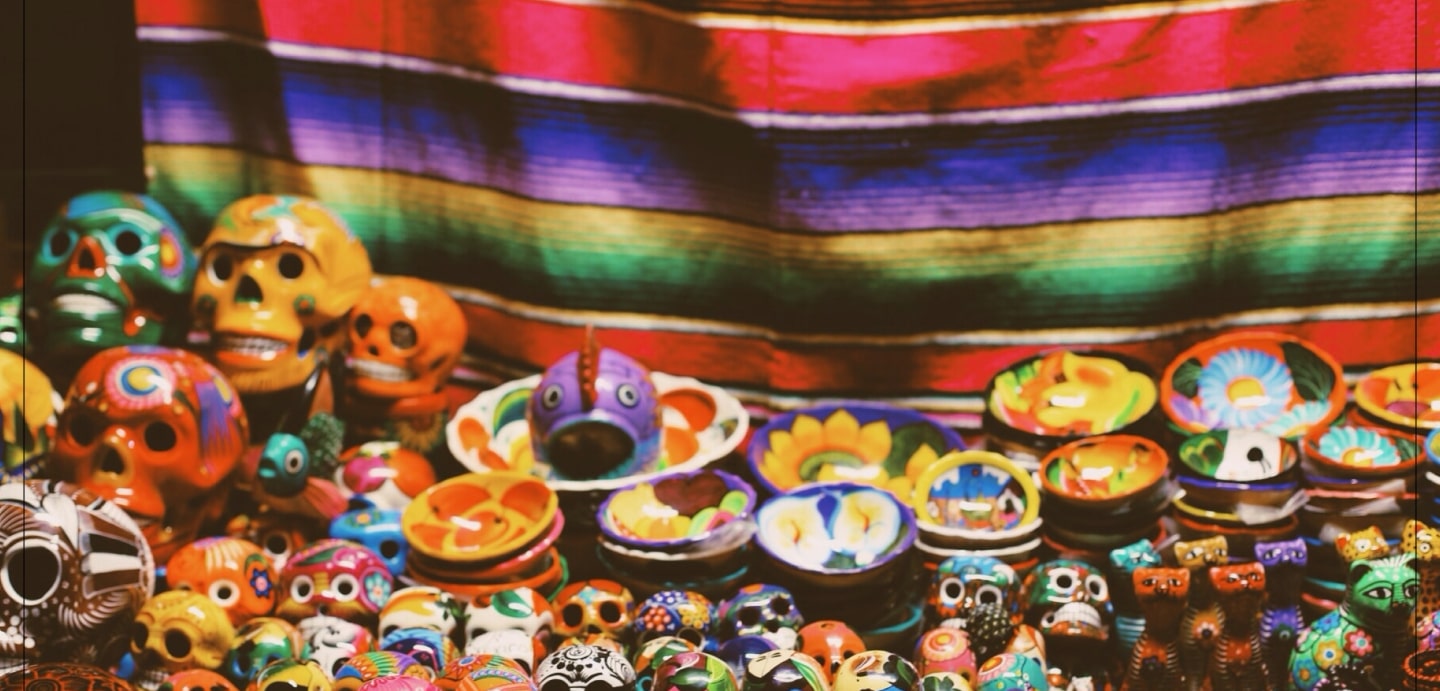
Tips for celebrating the Day of the Dead
If you’re planning a trip for the Day of the Dead in Mexico, then safety may well be on your mind. Of course, like any trip, typical health and safety rules apply when visiting Mexico, and common sense as well as a few preparatory steps are always wise to take.
It’s good to familiarize yourself with the general travel advice about going to Mexico — no matter when or why you are visiting. You can do this by keeping tabs on the U.S. State Department’s travel advisories for the country, which change frequently and are separated by region and state. Keep in mind that some states in the country bring a higher risk than others for visiting tourists and families, so be aware of the risk level of where you’re going ahead of time.
When it comes to the actual celebrations of Dia de los Muertos, common sense and respect once again prevails. Avoid getting too intoxicated or being separated from your travel companions in large crowds, especially at night. Be respectful at all times to the local celebrations, especially if you go to a cemetery.
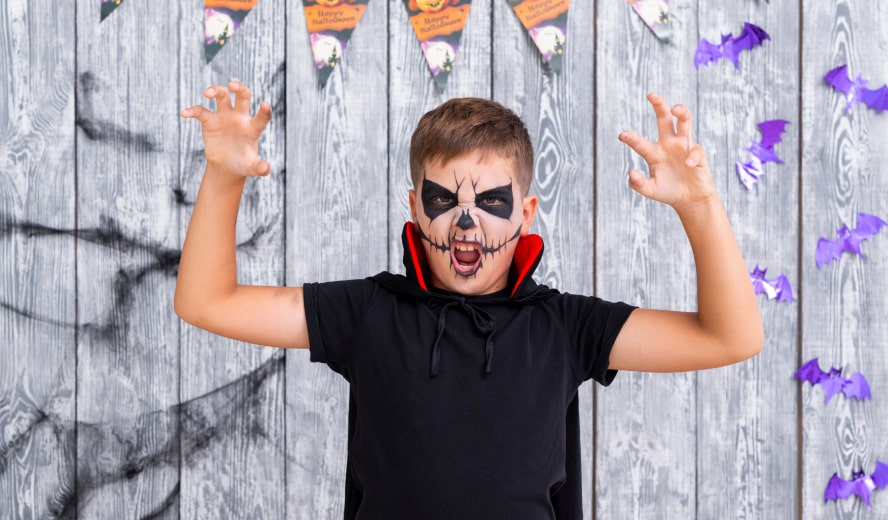
Tips for celebrating the Day of the Dead
Remember that even though it’s a joyous affair, you should still be respectful of the meaning behind the occasion, which is to honor deceased loved ones.
That means asking families or individuals before you take photographs of their altar or costume, and not being too intrusive when taking in the unique sights. In addition, don’t expect to find traditions that cater to Americans, like trick or treating. Remember that you are witnessing unique Day of the Dead festivities, and you should focus on learning about this tradition, rather than making it your own.
In a globalized world, it is becoming harder and harder to travel to places and find unique celebrations that you simply can’t find anywhere else. Dia de los Muertos is truly an unforgettable experience, and all travelers who get to witness and take part in it should feel especially grateful.
